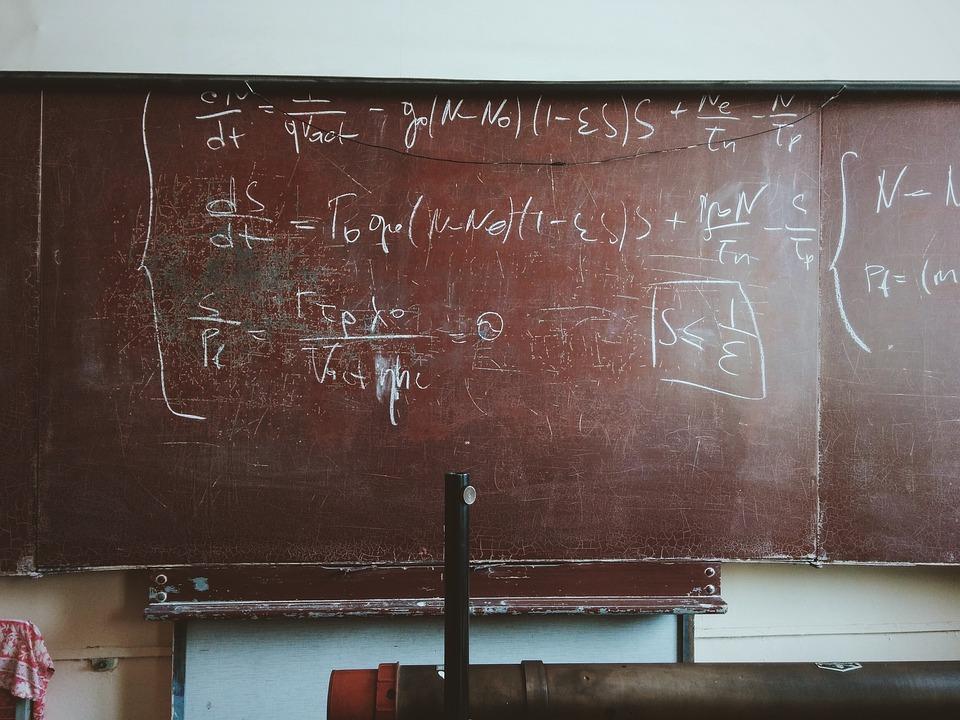astronomer, copernicus, mathematics
Nicholas Copernicus was the astronomer who, five centuries ago, explained that Earth revolves around the Sun, rather than vice versa. A true Renaissance man, he also practiced as a mathematician, engineer, author, economic theorist, and medical doctor. Upon his death in 1543 in Frombork, Poland, Copernicus was buried in the local cathedral. Over the subsequent ...
More than 1 million young Australians will sit the NAPLAN numeracy test. For most students, this will just be a routine part of the school day (albeit less fun than running around at recess or lunch). But for others, the prospect of doing a math test will be downright terrifying. These students may be suffering ...
The Chinese abacus (abaci in plural) is an ancient mathematical tool known as “suanpan,” meaning a calculator. It is used to solve numerical problems and was commonly used in East Asia. Before the abacus was invented, early man used his fingers and toes to count. Then, as human enlightenment progressed, traders and ancient accountants started ...
The motion of fluids in nature, including the flow of water in our oceans, the formation of tornadoes in our atmosphere, and the flux of air surrounding airplanes, have long been described and simulated by what are known as Navier-Stokes equations. Yet, mathematicians do not have a complete understanding of these equations. While they are ...
Researchers are a step closer to understanding how to prepare a perfect cup of coffee with the help of mathematics. Coffee is one of the most widely consumed drinks in the world, with estimates of more than a couple of billion cups consumed each day worldwide. Brewers have developed many methods to make the perfect ...
Some animals, such as primates, have mathematical abilities. Even insects, specifically bees, can do math. But what about water-dwelling animals like fish? The answer to that is a wild yes! Like how humans can tell the quantity of a small number of coins on a table at a glance, fish can similarly detect small amounts ...
The abacus is a counting tool that has been used in China for thousands of years. It is widely used in shops, restaurants, and anywhere where bills need to be settled. The calculator has a rectangular frame made of wood, bamboo, or steel. It is assembled with rods, and is divided into two parts: the ...
Humans are usually pretty good at recognizing when they get things wrong, but artificial intelligence systems are not. According to a new study, AI generally suffers from inherent limitations due to a century-old mathematical paradox. Like some people, these systems often have a degree of confidence that far exceeds their actual abilities. And like an ...
Numbers like π, e and φ often turn up in unexpected places in science and mathematics. Pascal’s triangle and the Fibonacci sequence also seem inexplicably widespread in nature. Then there’s the Riemann zeta function, a deceptively straightforward function that has perplexed mathematicians since the 19th century. The most famous quandary, the Riemann hypothesis, is perhaps ...
A Bristol academic has achieved a milestone in statistical/mathematical physics by solving a 100-year-old physics problem — the discrete diffusion equation in finite space. The long-sought-after solution could be used to accurately predict encounter and transmission probability between individuals in a closed environment, without the need for time-consuming computer simulations. This discovery will help predict ...












